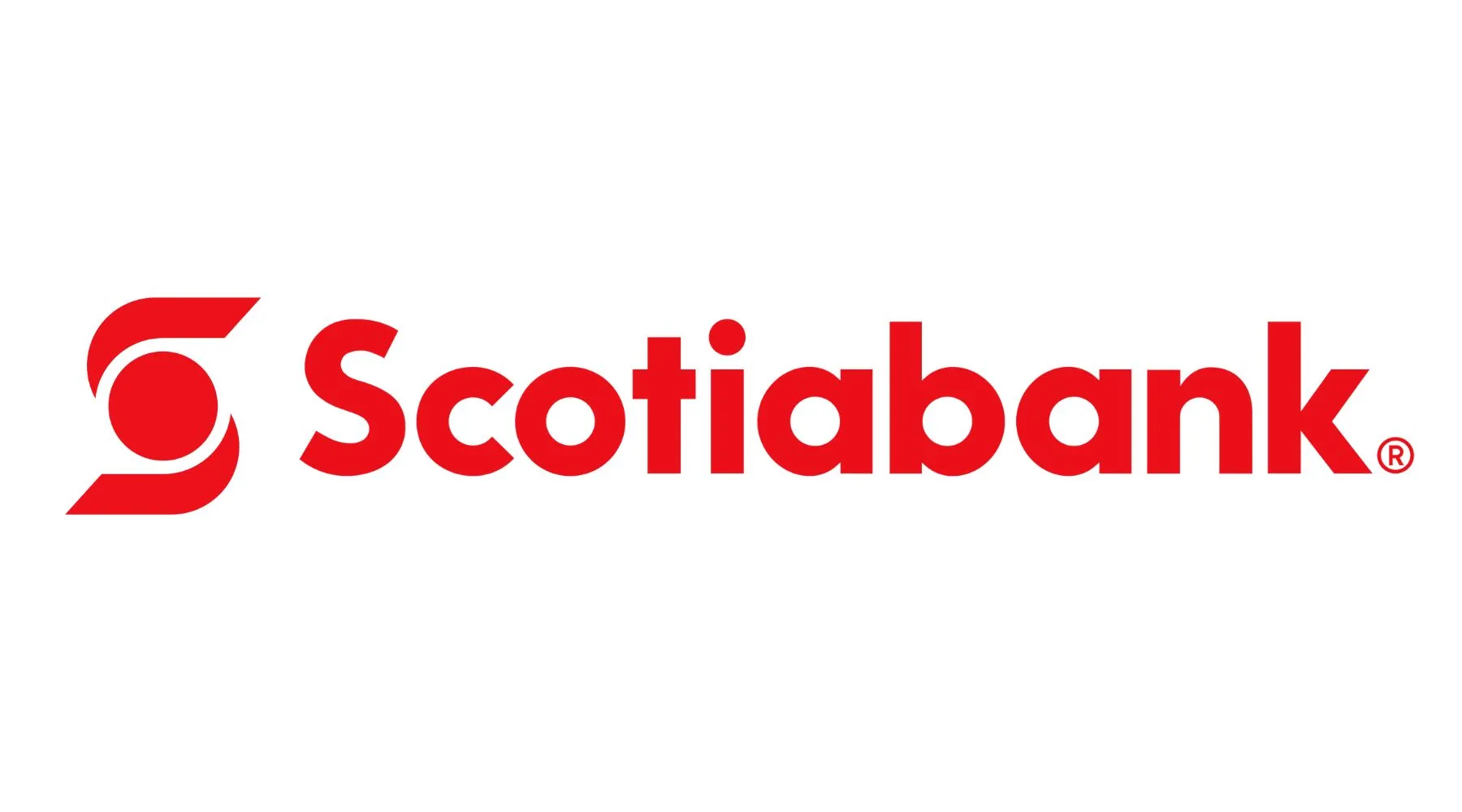Introduction
Facility management is a critical aspect of modern businesses and organizations. With the ever-increasing complexities of managing multiple facilities, the role of facility managers has evolved significantly. In today’s dynamic business environment, facility managers face a myriad of challenges that require innovative solutions for efficient navigation. Fortunately, technology, particularly Augmented Reality (AR), is poised to revolutionize facility management and address these challenges head-on. In this blog piece, we will delve deeper into the facility management challenges faced by managers and explore the potential opportunities that AR solutions present in transforming the facility management landscape.
Facility Management Challenges
Complexity of Managing Multiple Facilities: Facility managers are often responsible for overseeing numerous facilities spread across different locations. Each facility may have unique requirements, maintenance schedules, and operational challenges. Coordinating and efficiently managing these diverse facilities demand comprehensive knowledge and streamlined communication channels.
Maintenance and Repairs: Timely and effective maintenance of equipment, infrastructure, and systems is crucial to avoid costly breakdowns and disruptions. However, traditional maintenance processes can be time-consuming and inefficient, leading to potential risks to occupants and business operations.
Real-time Information Accessibility: Facility managers need access to real-time data to make informed decisions promptly. This includes data on energy consumption, equipment performance, occupancy levels, and compliance status. Lack of timely information can hinder proactive decision-making and lead to missed opportunities for optimization.
Workforce Productivity and Training: Deskless workers, such as maintenance technicians, need to be adequately trained to perform their tasks safely and efficiently. Facility managers must ensure that workers are up to date with the latest procedures and guidelines, while also providing the necessary support during complex tasks.
Sustainability and Energy Efficiency: As organizations place greater emphasis on sustainability, facility managers face the challenge of implementing energy-efficient practices and minimizing environmental impact. Optimizing energy usage without compromising occupant comfort is a balancing act that requires data-driven insights.
Facility Management Opportunities
Enhanced Navigation and Spatial Understanding: AR technology offers facility managers an intuitive and interactive platform to visualize and navigate complex facilities. By overlaying digital information onto the physical environment, AR facilitates better spatial understanding, allowing managers to locate equipment, identify problem areas, and plan maintenance more efficiently.
Digital Twin Integration: AR can integrate with digital twin technology, creating virtual replicas of physical facilities. Facility managers can use digital twins to simulate various scenarios, test maintenance strategies, and optimize energy consumption, ultimately leading to better decision-making and resource allocation.
Training and Skill Development: AR-based training modules offer immersive learning experiences for deskless workers. They can simulate complex tasks and practice procedures in a risk-free environment, improving their skillset and confidence. This leads to a more competent and proactive workforce, reducing errors and enhancing overall efficiency.
Real-time Data Visualization: AR devices can provide facility managers with instant access to crucial data through visual overlays. For instance, energy consumption levels, equipment performance metrics, and maintenance schedules can be presented in real-time, facilitating proactive decision-making and enabling timely interventions.
Remote Support and Collaboration: AR enables real-time collaboration between on-site technicians and remote experts. Using AR-powered devices, technicians can receive step-by-step instructions and visual cues, helping them diagnose issues and perform repairs accurately. This streamlined collaboration reduces downtime and enhances workforce productivity.
Conclusion
The challenges faced by modern facility managers require innovative solutions to ensure optimal facility operations and resource utilization. Augmented Reality technology presents a plethora of facility management opportunities to evolve and thrive in this rapidly changing landscape. From enhanced navigation and remote collaboration to improved training and real-time data visualization, AR solutions are set to revolutionize facility management processes.
As technology continues to advance, the integration of AR into facility management will only become more seamless and effective. Embracing AR solutions will not only streamline operations and improve productivity but also contribute to sustainable practices and better occupant experiences. Facility managers must be proactive in exploring and adopting AR technology to stay ahead in the evolving landscape of facility management. By doing so, they can unlock the full potential of AR and drive their organizations towards greater efficiency and success.


